Getting Kids Off Phones and Outside: Why Kids Need to Spend More Time in Nature
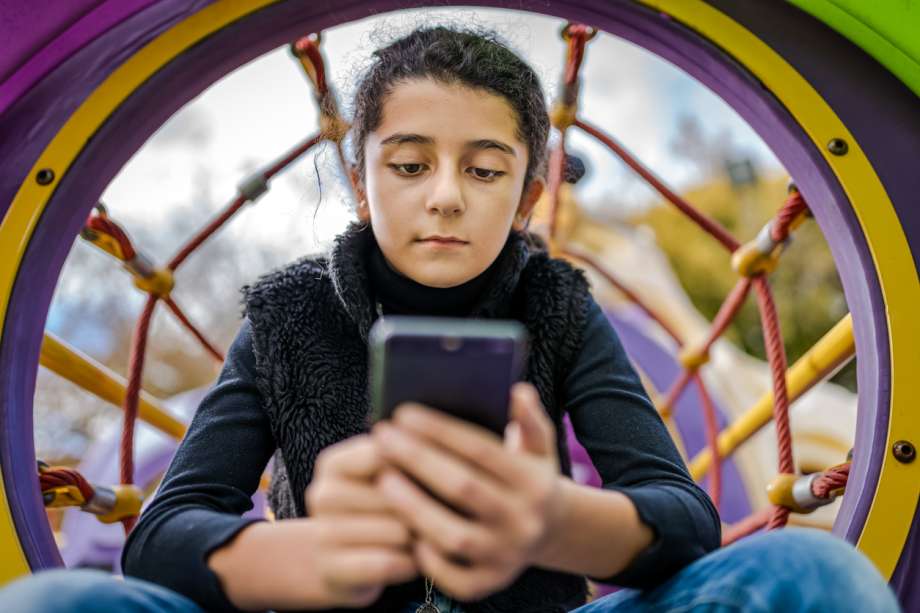
When you think back to your childhood, do you remember spending time outdoors often? Many of us who are parenting young children today fondly remember afternoons spent playing outside with friends or perhaps trips to nearby nature areas with family. Although these experiences may seem ordinary to us, for our children’s generation, outings like these are becoming less of the norm and too much screen time is taking over.
For a variety of reasons, children today have become more separated from nature. What impact might this disconnection from nature have on a child’s development and well-being? Delving into the research a bit reveals that despite our technologically advanced society, time in nature and doing nature activities with kids still matters.
Related: 10 of the Best Hands-On Nature Activities for Kids
What is Nature Deficit Disorder?
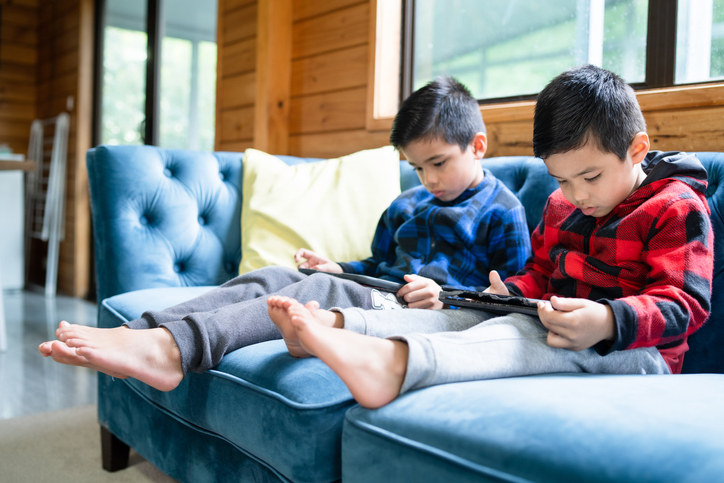
This decline in the amount of time children spend in the natural world has led some scholars such as Richard Louv to describe the condition as nature deficit disorder.
While it’s easy to direct blame for this decline in outdoor time among children to the increase in technology such as video games, online video streaming, and cell phones, technology is only one of the culprits.
Indeed, it does seem that an increase in the availability of technology, social media, and online entertainment has contributed to the decline of outdoor time for children. The decline in outdoor time among children has corresponded almost directly with an increase in the hours of screen time children are getting every day.
Why Are Children Today Spending Less Time Outdoors?
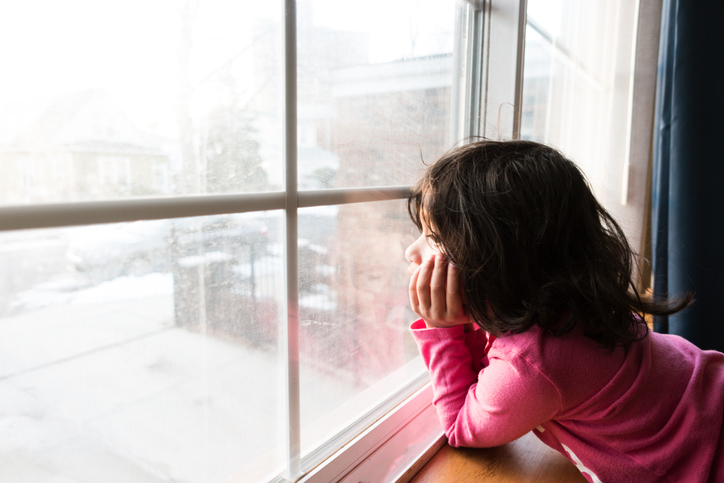
Feeling as though our children spend less time outdoors than we did as children is not just a symptom of nostalgia. Studies show that children’s time in the outdoors and in nature has indeed declined over the last several decades.
In the U.S., for example, surveyed 12-year-olds reported spending less than 6 hours per week outdoors. Similarly, close to 20% of children reported spending time outdoors weekly in 1997 while by 2003 this statistic had dropped to 10%.
COVID-19 Increasing Screen Time for Kids

Although this increase in screen time was already well underway, the onset of the global COVID-19 pandemic only added to the trend. Estimates suggest that during the height of the pandemic children ages 6-13 were averaging 6.4 hours in front of a screen per day. That is over 4 hours beyond the recommended 2 hour limit of screen time for children.
Helicopter Parents Add to the Problem
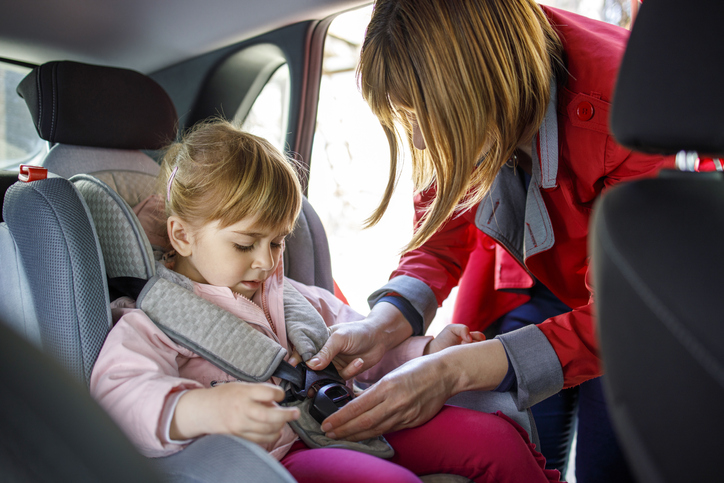
In addition to the role of technology, other barriers to children playing outdoors are also present such as overprotective or helicopter parents. In surveys, a large percentage of parents cite fears for their child’s safety as a top concern. This is often related to parenting indicating they have a lack of time to supervise children outdoors.
This notion is based on the perception that the outdoors (e.g., parks and playgrounds) are unsafe for children (even older children) to play unsupervised. Crime statistics, however, do not completely bear out these fears. Rates of crime in general and specifically stranger abductions of children, in particular, have both declined since 1997.
For example, of all the missing children cases in the U.S., only .3% were abducted by strangers. Most missing children are cases of runaways or family abductions. Of course, any case of a missing child is cause for concern.
While parents’ safety concerns regarding their children playing outdoors are understandable, they may be largely the result of social media portrayals rather than actual crime rates.
What Are the Benefits of Spending Time in Nature?
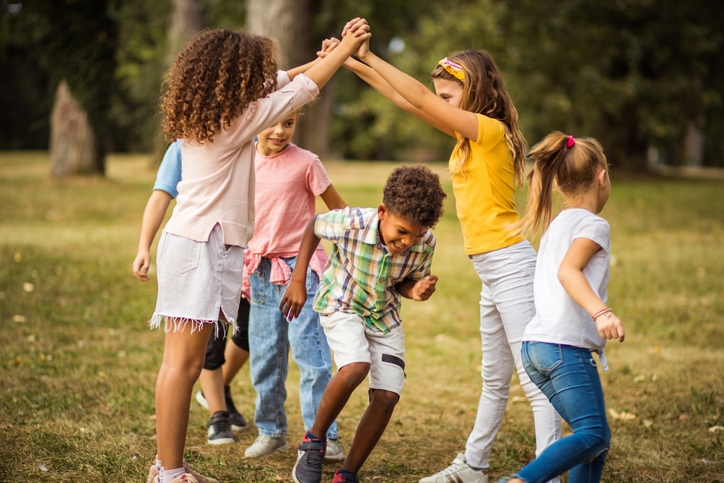
Although changes in society have made it more difficult to get children outdoors, the benefits of spending time in the natural environment are very clear. As humans, it seems we are biologically wired to need time in nature. Both children and adults tend to have better physical and mental well-being when nature is part of their regular routine.
1. Being Outside Improves Kids' Physical Health

Perhaps the most apparent benefit of time in nature and outdoor play for children is related to physical health. Reviews of research found that children who have greater access to green spaces (e.g., parks, open spaces) tend to have healthier body weight, be more physically active, and watch TV less often.
Not surprisingly, living in situations that allow easy access to the outdoors seems to foster greater physical activity in children. Children tend to be much more physically active and play in a more vigorous way while outdoors.
Beyond physical activity, time in nature may also help children cope with stress. Some research has found that children who participate in nature learning activities have a decrease in the stress hormone cortisol during the day.
By comparison, children who do not experience time in nature do not have this drop in the stress hormone. Scholars suggest these findings indicate the stress-buffering impact of time in nature.
2. Nature Helps Kids' Mental Health

Not surprisingly, children’s psychological well-being is linked to time spent outdoors as well. Reviews of research indicate that children who spend more time in nature tend to have better overall mental health, greater resilience, and lessened ADHD symptoms.
Time in the great outdoors also seems to help relieve the stress levels and mental fatigue of daily life. The idea that nature helps us regain our attention and concentration which often wanes when we stay indoors (especially doing cognitive work) is known as Attention Restoration Theory.
Early research on this theory shows promising results. Studies in which individuals are exposed to nature (or even photos of nature) tend to feel more restored after doing mentally fatiguing activities. Lastly, children who spend more time outdoors tend to be more confident. The type of unstructured outdoor play that children encounter in nature often promotes problem-solving and overcoming challenges which impact self-esteem in a positive way.
What Can Parents Do To Get Their Children Outside?
It seems clear that the benefits of time outdoors for children are meaningful and wide-reaching. As parents, however, the challenge we face is encouraging our children to get out in nature on a regular basis.
The lure of technology, digital devices, and video games can be strong and sometimes children may resist our suggestions to “go outside and play.” With a few creative ideas and a little outside-the-box thinking, we can foster a love of nature in our children.
1. Be a Role Model

As with many aspects of parenting, the modeling we provide for our children can be the most powerful influence on their behavior. If we want our children to enjoy the outdoors and appreciate nature, we best model that through our own actions. The easiest step is to simply comment on the beauty and magnificence of nature. Kids often learn to appreciate the world around them through us.
Voice your appreciation for nature out loud so your children can hear it: “Look at the beautiful sunset!” or “Aren’t those mountains so majestic.” By focusing our attention on nature’s beauty, we can help our children do the same.
Spending time outdoors together in your free time can be another way to model the importance of nature and experience it first-hand. We all have busy lives but making time outdoors a priority for your family can be as simple as eating a meal outside when the weather is nice or taking a walk around a nearby park or nature area once a week.
2. Make it a Nature Game

Children usually love games of all sorts. If they struggle with the idea of spending time outdoors, consider making it more like a game. Scavenger hunts are a classic example of this idea. Make a list of items children can find in nature (e.g., something round, something red, etc.) then compare items at the end of the game.
Another game-like approach to spending time outdoors is to encourage children to start a nature collection of something like rocks, leaves, or even insects. Children may be more excited about spending time in nature if it means they get to add to their collection. Encourage them to keep their collection organized in a box or case so they can compare their different pieces.
3. Use Technology (Sparingly) to Help
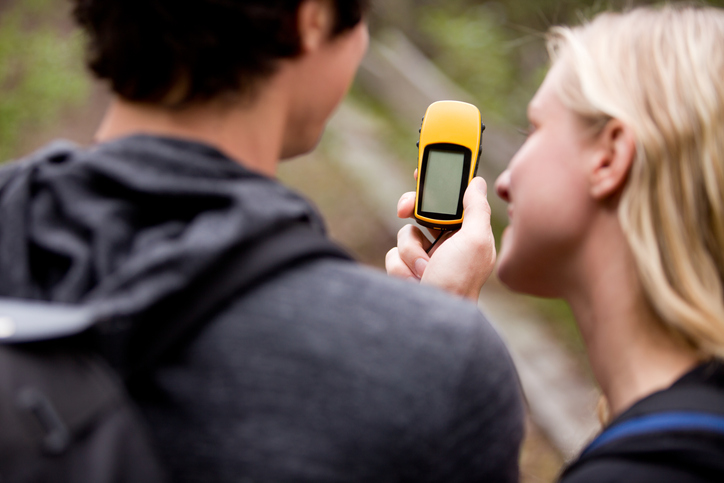
We can even use technology (sparingly) to help encourage our children to spend time doing outdoor activities. If your child is reluctant to head outdoors, consider using technology in creative ways to foster time in nature. Perhaps you can allow them to take photos with a digital camera or phone.
The beautiful nature pictures could then be turned into a collage or scrapbook. Additionally, activities like geocaching use technology to help nature lovers navigate to secret caches. Although geocaching uses technology, the seekers are still enjoying time outdoors while they hunt for hidden caches.
4. Plan Outdoor Playdates with Friends
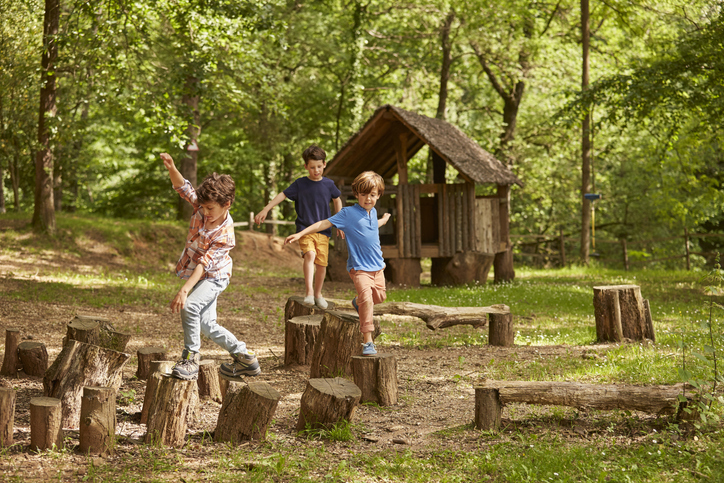
Almost any activity is more fun with friends and the same goes for spending time outdoors. Encourage your children to invite a friend along on your next family hike, nature walk, or outdoor exploration.
When children are together with friends they almost always find fun, creative ways to entertain one another and discover new ways to interact with the environment around them.
5. Connect With Your Kids' Interests

If your children have a particular story, game, or activity they enjoy, try to see how nature ties in. Do they love a certain video game? Perhaps you can discuss how the natural area you are exploring is the same or different from the setting in their favorite video game. How are aspects of the game realistic or not?
What about your child’s favorite book or movie? Are there aspects of the outdoor setting that your family could explore in real life? By using a little creative thinking, you might be surprised to find how many ways nature or the outdoors fits in with your child’s interests.
Swapping Screen Time and Smartphones for Time Outside

Although technology is a big part of all our lives, it does not have to mean that time outdoors has to fall to the bottom of our priority list. Encouraging children to appreciate and spend time outdoors has numerous physical and mental health benefits. Plus, family time spent outdoors can be a fun activity that helps build connections and strong relationships between everyone.

